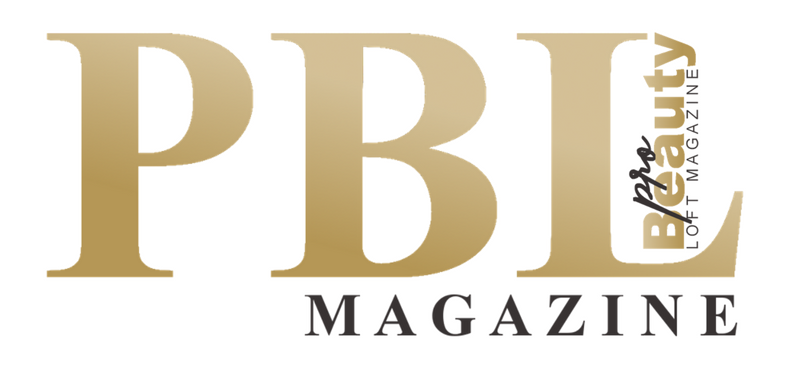Needle-Free Botulinum Toxin Delivery is on the Horizon
Recent studies have explored needle-free delivery methods for botulinum toxin, aiming to enhance patient comfort and broaden therapeutic applications. Traditional needle injections, while effective, can cause discomfort and deter individuals with needle phobia from seeking treatment.
A randomized split-face pilot study assessed the efficacy and safety of a needle-free microjet injector, powered by an Er:YAG laser, for administering botulinum toxin to treat crow’s feet wrinkles. Ten participants received microjet injections on one side of the face and conventional needle injections on the other. Both methods significantly improved wrinkle appearance, with the needle-free approach resulting in notably lower pain scores. No significant differences in overall aesthetic improvement were observed between the two methods, suggesting that needle-free microjet injection is a viable, less painful alternative for cosmetic botulinum toxin delivery.
A systematic review evaluated the efficacy and safety of needle-free jet injector-assisted intralesional treatments for various dermatological conditions, including scars, alopecia areata, hyperhidrosis, and aesthetic indications. The review encompassed 37 studies with 1,911 participants. Findings indicated that jet injector-assisted treatments with substances like triamcinolone acetonide, 5-fluorouracil, bleomycin, or hyaluronic acid were effective and well-tolerated. Notably, no serious adverse reactions were reported, supporting the potential of needle-free jet injectors as a safe and effective alternative to conventional needle injections in dermatological treatments.
Another study explored the use of a needle-free jet injection system for administering botulinum toxin in patients with primary focal hyperhidrosis (PFHH). Eleven patients received botulinum toxin via the EnerJet system without anesthesia. Four weeks post-treatment, assessments showed a reduction in symptom burden and an improvement in quality of life, indicating that botulinum toxin delivery by the EnerJet system may be a simple and effective alternative to conventional needle injections for treating PFHH.
Needle-free delivery systems offer several advantages, including reduced pain, elimination of needlestick injuries, and improved patient compliance, especially among those with needle phobia. However, considerations such as potential drug wastage through splash and splatter, as well as the need for precise dosing, must be addressed to ensure optimal efficacy.
Needle-free delivery methods for botulinum toxin demonstrate promising efficacy and safety profiles across various dermatological applications. Further research and technological advancements are anticipated to refine these methods, potentially establishing them as standard practice in both medical and cosmetic dermatology.








